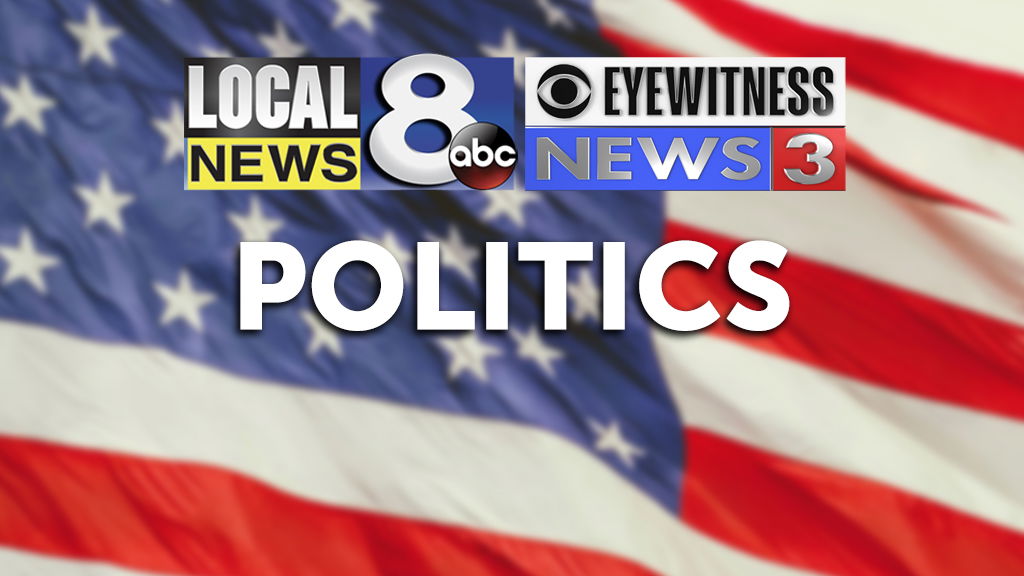Supreme Court hears case pitting unions against strawberry grower and agricultural businesses

Several Supreme Court justices seemed sympathetic on Monday to the arguments of a California strawberry grower who is challenging a state law that allows union organizers onto his property to speak to workers unannounced.
A ruling against the union position in the case would come after the Supreme Court in 2018 dealt a major blow to the funding of public-sector unions.
The dispute pits agricultural businesses and privacy rights advocates against big labor unions and raises questions concerning when the government can allow access to private property without compensation.
In court on Monday, the justices seemed particularly frustrated with the arguments put forward by a lawyer representing California who was attempting to defend the law.
Justice Amy Coney Barrett at one point stressed a “line-drawing problem,” something that seemed to bother the justices across the ideological spectrum, and suggested that the court might come up with its own standard and invalidate the law.
The Biden administration is supporting the union’s position, a change from the Trump administration, which had backed the employers.
Lower courts ruled against the nursery, holding that the right of access to the property does not qualify as a “taking” under the law because the access is not permanent. The 9th US Circuit Court of Appeals noted that the regulation did not “allow random members of the public to unpredictably traverse their property 24 hours a day, 365 days a year.”
The California Agricultural Labor Relations Act of 1975 allows union organizers to enter the property of a business three times a day for 120 days a year. The organizers are permitted a visit of one hour to speak to workers at break time.
While the unions don’t need to obtain the employer’s consent before entering the property, they have to file written notice of their intent with the state Agricultural Labor Relations Board.
California has defended the law, saying it was put in place back in 1975 because farmworkers are typically inaccessible to union organizers due to the fact that they are sometimes migratory, following one harvest to the next, living in temporary housing and lacking modern technology and English language skills.
If the growers were to win, California’s Solicitor General Michael Mongan argued, it would imperil state and federal policies authorizing limited access to private property for a variety of purposes, including health and safety inspections and social welfare visits.
In court, he said the regulation at issue “authorizes only a limited number of organizers to enter” the farms “for the sole purpose of speaking with employees.”
Mike Fahner, who owns a strawberry nursery in Dorris, California, says his business was stunned back in 2015 when at 5 a.m, without any prior notice, union organizers burst onto his property.
“We had strangers on bullhorns marching up and down our hallways in our sheds,” Fahner said during a recent press call organized by his lawyers. “It was surreal, frightening, a bit scary and wrong.”
Fahner’s Cedar Point Nursery is represented by the conservative Pacific Legal Foundation, which points to the Fifth Amendment, which reads in part that private property cannot be taken by the government for public use “without just compensation.”
Joshua Thompson argued that the California regulation that allows the union members onto the property against the wishes of the nursery amounts to the “taking” of the property and the nursery should be compensated. In other words, he equated the visits — which allow the unions to access private property — as a permanent physical invasion of property. He said it didn’t matter that entry is allowed only during a limited time frame. What matters is that the right to access is permanent.
He told the justices the law amounts to a “continual right to occupy and use” the property and that it denies the growers “the right to exclude union organizers from their property.”
In general, the courts have allowed the government to place “use restrictions” on private property without compensation, such as those related to zoning laws. But when the government allows a structure or a person to be on the property permanently — than it must compensate the property owner.
The justices probed the time frame set out in the California law. Chief Justice John Roberts noted that if more than one union was allowed onto the property even for a limited time, the law might lead to an authorization to enter the property “every day of the year” — a more permanent burden on the property owner.
Justice Clarence Thomas wondered if the requirement to access the property would be constitutionally sound if it allowed access only during non-business hours.
And Justice Stephen Breyer said that in previous cases the court has said compensation may be necessary if the access is “continuous and indefinite.”
But Breyer also noted that there are “dozens and dozens” of statutes that allow the government onto property to make health and safety inspections.
“Are they all unconstitutional?” he asked.
At the end of arguments, Justice Sonia Sotomayor told a lawyer for California: “We need something that gives clear guidance.”
The justices will likely rule by the beginning of summer.
